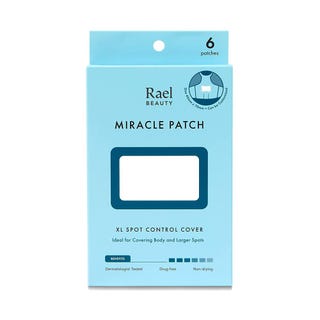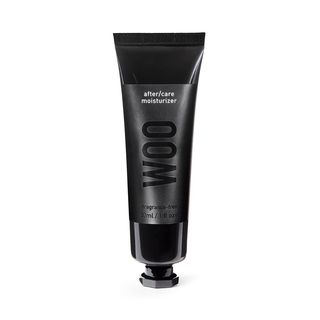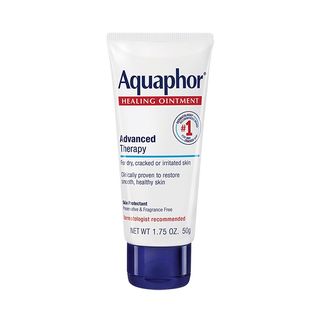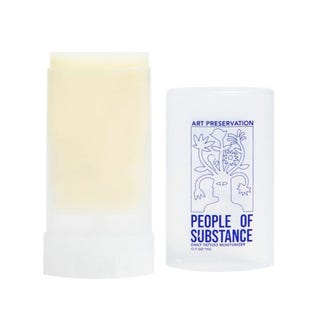When I first heard about Ephemeral Tattoo, a shop that uses ink that fades in 9 to 15 months, I scoffed. Getting tattooed is a meaningful, deeply personal process, and made-to-fade artwork seemed to trivialize the art form. But then I realized my reaction was hypocritical. I have about 20 tattoos, and not all are the result of deep reflection. I didn’t even choose the artwork for my favorite, a large floral tattoo that I got when I worked at a magazine and let readers vote on the design. I conceded that there may be a place for semi-permanent adornment.
People get tattoos for reasons as varied as the designs themselves. We get marked to assert our personal identity, to honor our cultural heritage, to commemorate a loved one. Many also get inked on a whim—and a not-insignificant number (28 percent, according to a survey by the market research company Dalia) say they regret doing so.
Tattoo regret was, in fact, one impetus for Ephemeral, which currently has outposts in Brooklyn and Los Angeles (with San Francisco and more locations coming soon). “With traditional ink, the pigment particles are too large for your body to break down,” says Dhaval Bhanusali, MD, a Manhattan dermatologist who helped develop Ephemeral’s proprietary temporary ink. “The macrophages [white blood cells that digest foreign particles] just can’t get in there.” But the pigment particles in Ephemeral Tattoo ink are smaller and wrapped in a polymer complex that degrades over time, releasing the color and enabling it to be passed out of the body as waste.
Scientifically, this makes sense. But can you call something that is impermanent a tattoo—or is it more like makeup? And how do you choose a design that won’t last? To find answers, I decided to get an Ephemeral tattoo of my own.
Ephemeral Tattoo’s Brooklyn studio feels like a high-end hair salon, outfitted with a Bird of Paradise plant, boxed water, and a plush rug. When I arrived, a customer service rep explained that Ephemeral tattoos are currently done only in black (color ink is in the works) and that all the designs must be smaller than about 4″ x 4″ so they can fit under a standard-size hydrocolloid patch to accelerate healing. Ephemeral designs will also cost more than most traditional tattoos, with prices starting at $195 (you can get a small, basic tattoo for about $80 in New York City).
Once I met my tattoo artist, Anastasia, it was business as usual. We discussed the size and placement of a mandala design I’d chosen because sand mandalas, like Ephemeral tattoos, are temporary. Then Anastasia cleaned my skin, transferred the stencil to my ankle, and pulled out the same kind of machine used to do traditional tattoos. I watched as she dipped into the black ink, and when the needle touched down on my skin, I got the same thrill—a stinging sensation that dissipated as adrenaline kicked in.
While some tattoo artists would never want to use ink that fades, I appreciated Anastasia’s take: She said she liked how Ephemeral Tattoo lowers the barriers to entry, introducing new people to the art form. She’s also had clients try out designs before making them permanent, and others who have wanted to mark a moment—but not commemorate it on their skin forever. As Bhanusali put it: “The person you are today isn’t the person you were two years ago, or the person you will be tomorrow.”
When my tattoo was finally finished about an hour later, I knew I’d warmed to Ephemeral. I decided that if people are allowed to evolve, the art of tattooing should be able to as well.
This article appears in the November 2021 issue of ELLE.
This content is created and maintained by a third party, and imported onto this page to help users provide their email addresses. You may be able to find more information about this and similar content at piano.io




